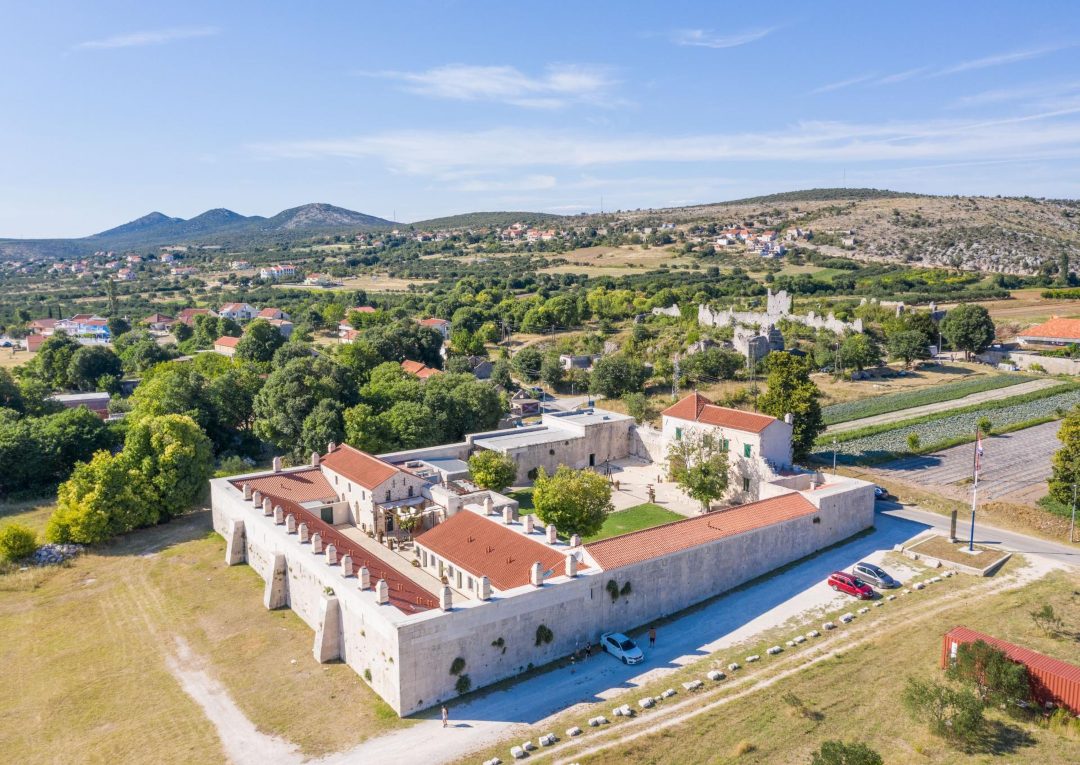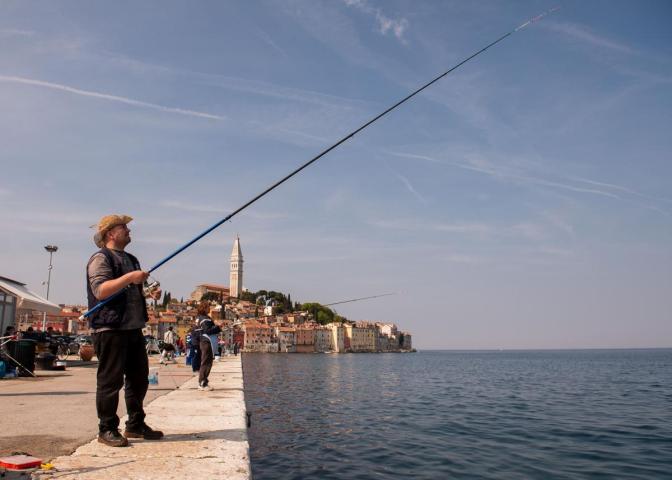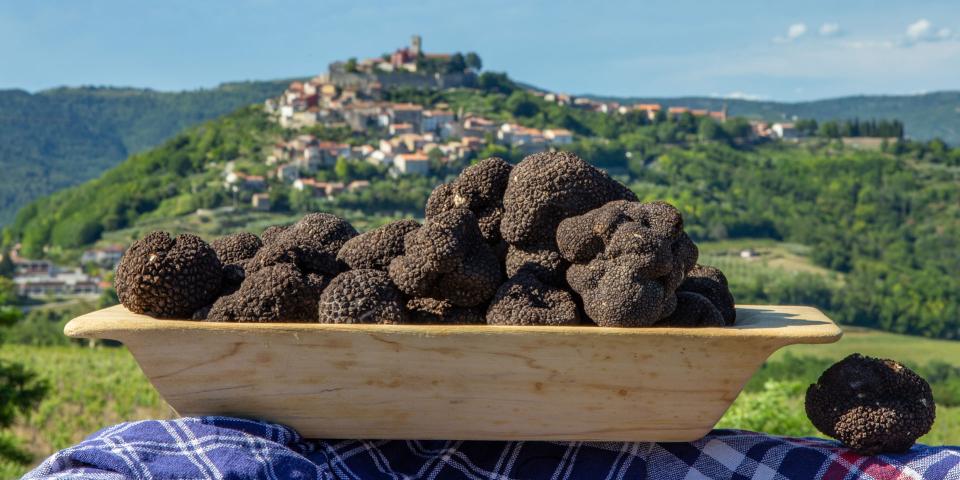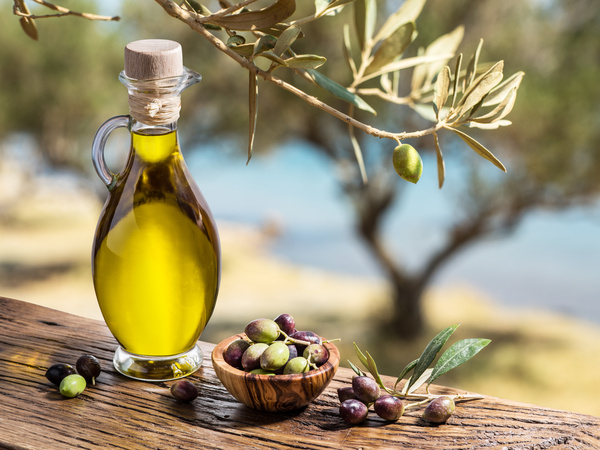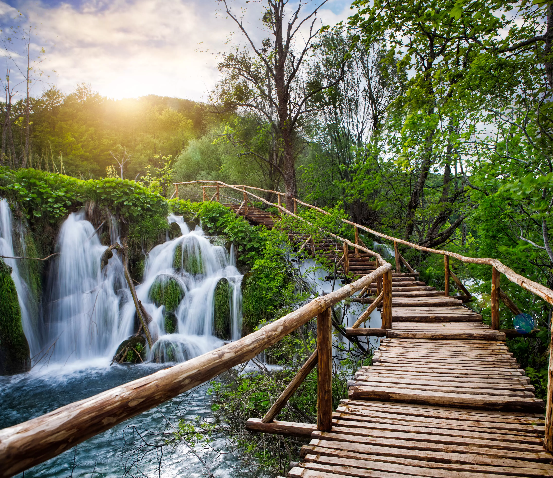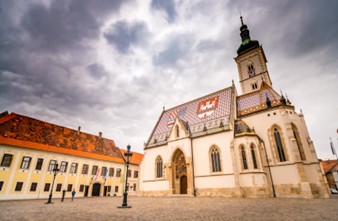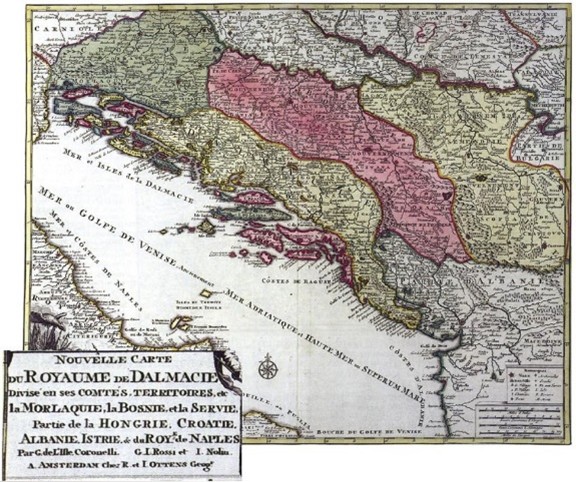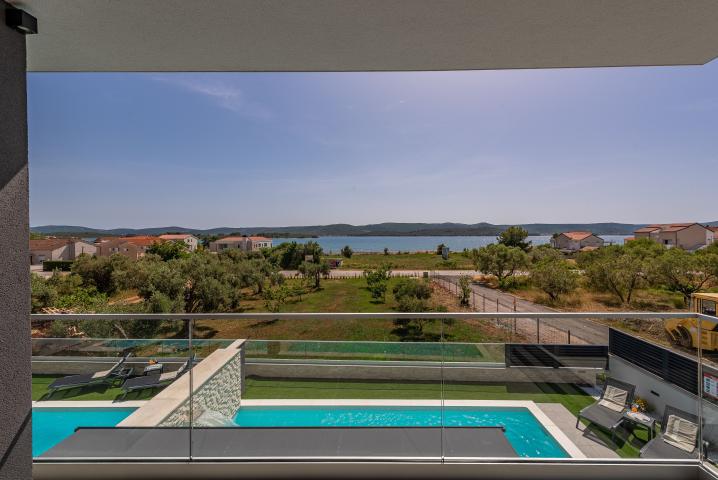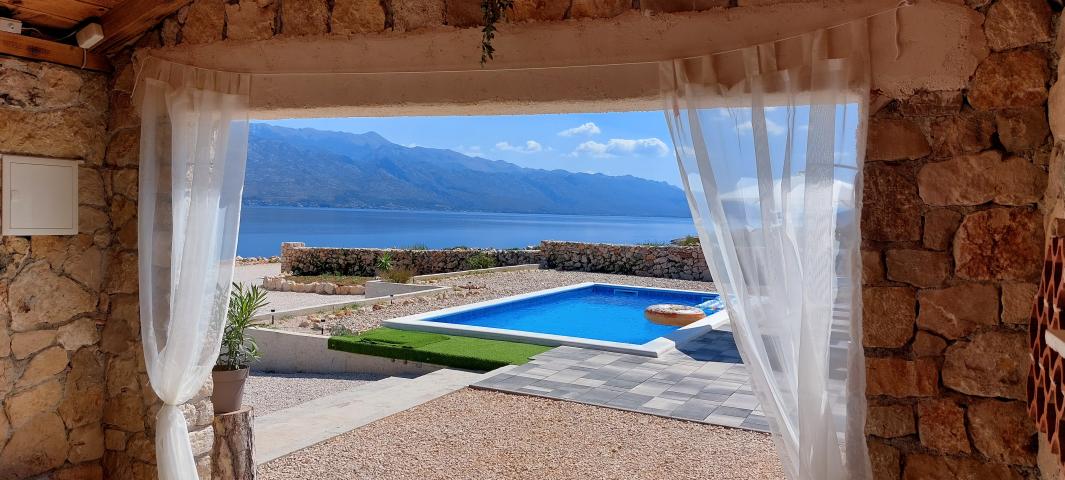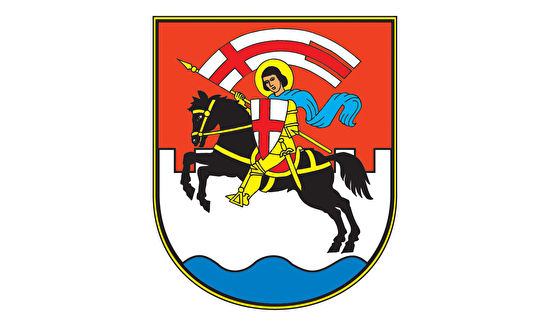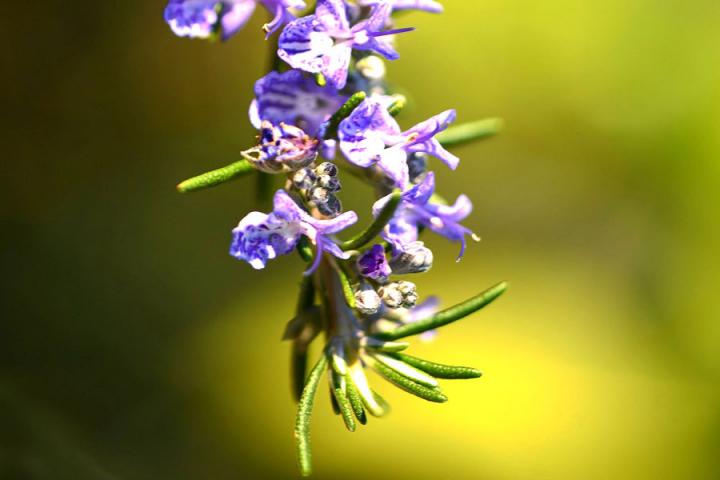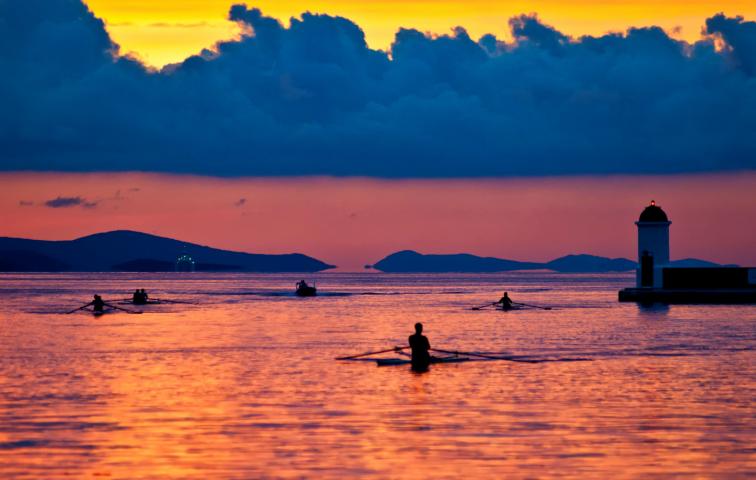MENU
x
VILLAS IN CROATIA
- All Villas
- Villas in Babac
- Villas in Benkovac
- Villas in Benkovačko selo
- Villas in Bibinje
- Villas in Biljane Donje
- Villas in Biljane Gornje
- Villas in Bribir
- Villas in Briševo
- Villas in Buković
- Villas in Crno
- Villas in Debeljak
- Villas in Donje Raštane
- Villas in Donji Lepuri
- Villas in Dračevac Ninski
- Villas in Galovac
- Villas in Glavica
- Villas in Jakišnica
- Villas in Kakma
- Villas in Kašić
- Villas in Korčula
- Villas in Kukljica
- Villas in Lisičić
- Villas in Ljubač
- Villas in Maslenica
- Villas in Miranje Donje
- Villas in Muline
- Villas in Murvica
- Villas in Nadin
- Villas in Nin
- Villas in Ninski Stanovi
- Villas in Novigrad
- Villas in Oklaj
- Villas in Pašman
- Villas in Petrčane
- Villas in Podlug
- Villas in Podvršje
- Villas in Polača
- Villas in Poličnik
- Villas in Poljica Brig
- Villas in Posedarje
- Villas in Pračana
- Villas in Pridraga
- Villas in Pristeg
- Villas in Privlaka
- Villas in Prkos
- Villas in Puljane
- Villas in Radašinovci
- Villas in Raštane Donje
- Villas in Raštević
- Villas in Ražanac
- Villas in Rovanjska
- Villas in Rovinj
- Villas in Rovinjsko selo
- Villas in Sali
- Villas in Seline
- Villas in Slivnica
- Villas in Smilčić
- Villas in Stankovci
- Villas in Starigrad
- Villas in Suknovci
- Villas in Sukošan
- Villas in sveti Filip i Jakov
- Villas in Sveti Petar na moru
- Villas in Škabrnja
- Villas in Šopot
- Villas in Tinj
- Villas in Turanj
- Villas in Ugljan
- Villas in Vinjerac
- Villas in Vir
- Villas in Visočane
- Villas in Vrana
- Villas in Zadar
- Villas in Zapužane
- Villas in Zaton
- Villas in Zemunik Donji
- Villas in Zemunik gornji
- Villas in Ždrilo
- Villas in Žerava
-
VILLAS IN CROATIA
- All Villas
- Villas in Babac
- Villas in Benkovac
- Villas in Benkovačko selo
- Villas in Bibinje
- Villas in Biljane Donje
- Villas in Biljane Gornje
- Villas in Bribir
- Villas in Briševo
- Villas in Buković
- Villas in Crno
- Villas in Debeljak
- Villas in Donje Raštane
- Villas in Donji Lepuri
- Villas in Dračevac Ninski
- Villas in Galovac
- Villas in Glavica
- Villas in Jakišnica
- Villas in Kakma
- Villas in Kašić
- Villas in Korčula
- Villas in Kukljica
- Villas in Lisičić
- Villas in Ljubač
- Villas in Maslenica
- Villas in Miranje Donje
- Villas in Muline
- Villas in Murvica
- Villas in Nadin
- Villas in Nin
- Villas in Ninski Stanovi
- Villas in Novigrad
- Villas in Oklaj
- Villas in Pašman
- Villas in Petrčane
- Villas in Podlug
- Villas in Podvršje
- Villas in Polača
- Villas in Poličnik
- Villas in Poljica Brig
- Villas in Posedarje
- Villas in Pračana
- Villas in Pridraga
- Villas in Pristeg
- Villas in Privlaka
- Villas in Prkos
- Villas in Puljane
- Villas in Radašinovci
- Villas in Raštane Donje
- Villas in Raštević
- Villas in Ražanac
- Villas in Rovanjska
- Villas in Rovinj
- Villas in Rovinjsko selo
- Villas in Sali
- Villas in Seline
- Villas in Slivnica
- Villas in Smilčić
- Villas in Stankovci
- Villas in Starigrad
- Villas in Suknovci
- Villas in Sukošan
- Villas in sveti Filip i Jakov
- Villas in Sveti Petar na moru
- Villas in Škabrnja
- Villas in Šopot
- Villas in Tinj
- Villas in Turanj
- Villas in Ugljan
- Villas in Vinjerac
- Villas in Vir
- Villas in Visočane
- Villas in Vrana
- Villas in Zadar
- Villas in Zapužane
- Villas in Zaton
- Villas in Zemunik Donji
- Villas in Zemunik gornji
- Villas in Ždrilo
- Villas in Žerava
- BLOG
- OWNERS
- WISHLIST
- EXTRA SERVICES

